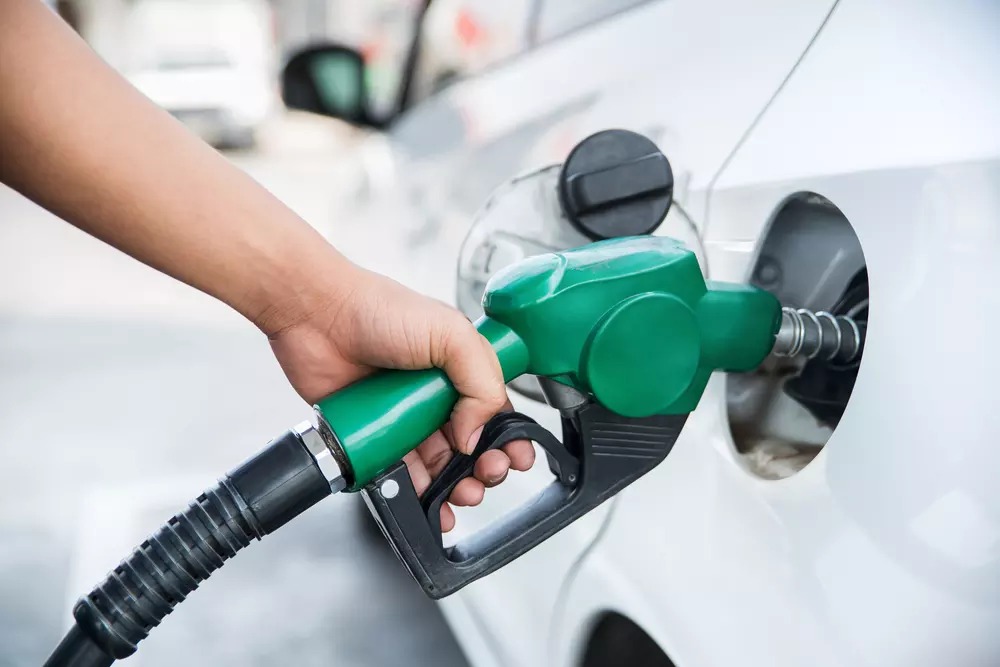
With internal combustion engines becoming more powerful than before, state of the art technology can use less fuel. However, most of the mileage you get from a tank of gas depends on how you drive. Careless driving increases your average fuel consumption by several gallons, even without increasing your average driving speed.
On the other hand, gasoline prices are rapidly on the rise, and many drivers are looking for a way to reduce the amount of cash they spend on filling up their gas tanks. To help you get more mileage from your tank, here are some of the most reliable ways that will also see you bleed less money at the pump.
1. Buy a Fuel-Efficient Vehicle
One of the best and easiest ways of reducing your fuel consumption is replacing your current everyday car with one that offers great gas mileage. Most affordable cars on the market are rated at thirty miles a gallon with some even rated higher.
If you can’t afford a hybrid or an electric car, you can still find a fuel-efficient model within your budget and needs. However, keep away from large SUVs, trucks, and vans if you’re committed to reducing your fuel budget. If you can’t purchase a new car now, consider applying the following tips.
2. Remove Unnecessary Loads
Every pound of unnecessary load on your car increases your fuel consumption, even if it’s by a small margin. Make sure you get rid of extra loads like forgotten luggage pieces and unused child seats. More importantly, get rid of ski and bike carriers whenever you are not using them.
Apart from the extra weight, some of the luggage on your car’s roof increases aerodynamic resistance. This resistance negatively influences your fuel consumption, not mentioning the noise such items tend to generate.
3. Check Fuel Type
Most vehicles on the road are capable of performing on low-grade gasoline without any undesirable consequences. Go over your vehicle’s owner’s manual once again and see if there’s a mention of the lowest grade fuel that your car can use. Plus, pay attention to pump prices at different fuel points since they can fluctuate significantly in a two or three-block radius.
4. Re-Evaluate Your Usual Route
If the route you take to work often is shorter and has many stop signs, traffic lights or hills, your car may consume more gasoline. However, a longer route with fewer stops and level roads may consume less gas. Evaluate your route options by driving each of them for a few days and compare how much fuel you consume.
5. Keep Up with Maintenance
Most drivers don’t maintain their vehicles properly. Keeping your routine maintenance periods far apart from each other hurts your car’s miles per gallon. Regularly replace spark plugs and air filters, have tires rotated and change the oil and oil filter as per the owner’s manual. According to this driving guide, an annual tune-up at a dealership or mechanic’s shop can address fuel consumption problems before they become costly.
6. Streamline Your Car
Most people are more aware of their gas mileage while they’re driving long distances. When traveling, don’t store luggage on top of the vehicle’s roof. Plus, remember that pulling a camper, boat, or trailer behind you, radically lowers fuel efficiency.
Conclusion
While there’s an abundance of formulas and special additives that claim they can lower fuel consumption, the best way to spend less cash at gas pumps is using common sense. Purchase a fuel-efficient vehicle, practice safe driving techniques, and pay attention to your vehicle’s performance to get the most miles from every gallon you pump into your car.
